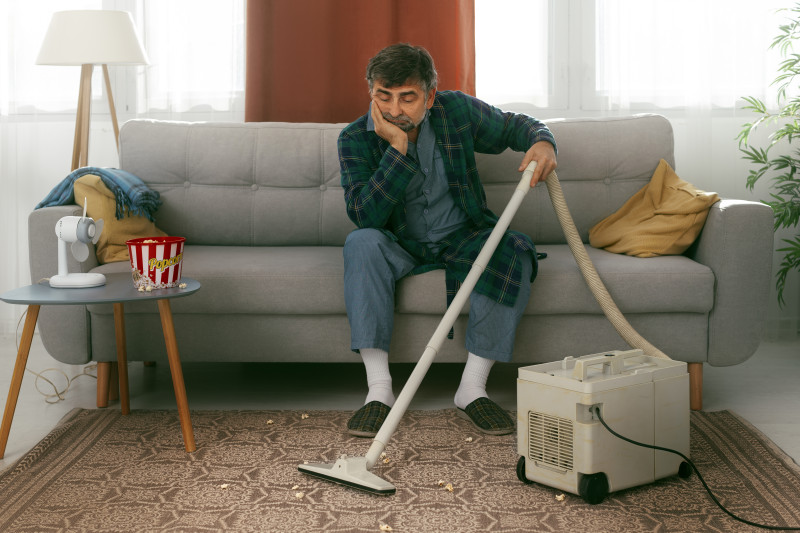Choosing the Best Crib Mattress: Key Factors to Consider for Your Baby’s Healthy Sleep

Choosing the right crib mattress for your baby might seem like a simple task, but it’s essential for your baby’s healthy sleep. A comfortable, supportive, and safe crib mattress can help your baby sleep peacefully while reducing the risk of sudden infant death syndrome (SIDS). With so many options in the market, choosing the right crib mattress for your baby can be overwhelming. In this blog post, we’ll cover key factors that you need to consider when choosing best crib mattress to ensure your baby’s healthy sleep.
Contents
Safety Standards
Safety is the most crucial factor to consider when choosing a crib mattress for your baby. The crib mattress should meet the safety standards established by the Consumer Product Safety Commission (CPSC). The CPSC standards ensure that the crib mattress doesn’t pose any risk to the baby, such as suffocation, entrapment, or choking. Look for the CPSC certification label on the crib mattress before making your purchase.
Mattress Size
The mattress size is another critical factor to consider when purchasing a crib mattress. The mattress should fit perfectly into the crib to ensure your baby’s safety. If the mattress is too small, it can create gaps between the mattress and crib’s edge, leading to suffocation or entrapment. On the other hand, if the mattress is too big, it won’t fit perfectly into the crib frame, and your baby may slide into the gaps. Double-check the crib’s measurements and compare them with the mattress measurements before you buy.
Mattress Firmness
The crib mattress’s firmness is another crucial factor to consider as it can impact your baby’s health and safety. A too-soft mattress can increase the risk of SIDS by blocking the baby’s airway if the face gets pressed into the mattress. A firm mattress is recommended to keep the baby’s airway clear and provide adequate support to help your baby develop a strong spine. Check the mattress’s firmness by pressing on the center and edges of the mattress. The mattress should snap back into shape immediately when you lift your hand.
Mattress Material
There are different types of crib mattress materials, such as foam, innerspring, and hybrid. Each material has its benefits, and you’ll need to decide what works best for your baby’s needs. Foam mattresses are lightweight and budget-friendly, making them easy to move and change sheets. Innerspring mattresses are more durable and offer a firmer surface for your baby. Hybrid mattresses combine both foam and innerspring, offering the benefits of both. Consider choosing a mattress with breathable and hypoallergenic materials if your baby has allergies or breathing issues.
Price
Lastly, price plays a significant role in determining the crib mattress you choose. While a more expensive crib mattress might provide more features and comfort, it might not necessarily be the best fit for your baby’s needs. Set a budget for the crib mattress and consider other factors like safety, comfort, and material before making a purchase. Remember, the most expensive option isn’t always the best.
One of the most important decisions you will make as a parent is choosing the best crib mattress for your baby’s healthy and restful sleep. While price is often a factor, it’s important to focus on the quality of the materials, safety standards, and comfort features that can impact your little one’s sleep and overall well-being. In this blog, we’ll discuss some key factors to consider when selecting a crib mattress to ensure your baby gets the best possible sleep.
Material Quality
The type and quality of materials used in a crib mattress can impact the level of support and comfort it provides. For example, an innerspring mattress with a high coil count tends to offer more support than a foam mattress. However, foam mattresses can also be high-quality and durable, with features like CertiPUR-US certification indicating that they meet strict safety standards for materials, emissions, and durability. Other materials, such as organic cotton and natural latex, can offer comfort and breathability, while reducing exposure to harmful chemicals or allergens.
Firmness Level
According to the American Academy of Pediatrics (AAP), a crib mattress should be firm enough to keep your baby safe while sleeping. This can help reduce the risk of Sudden Infant Death Syndrome (SIDS) or suffocation. A mattress that is too soft can increase the risk of suffocation, as your baby may sink into it and struggle to breathe. Look for a crib mattress with a firm, supportive surface, as recommended by the AAP.
Size and Fit
Ensure that your chosen mattress fits perfectly into your crib with no gaps around the edges. Your baby could get caught in these gaps or become stuck, causing a safety hazard. Measure your crib carefully and compare the size with the mattress you intend to purchase. A well-fitted crib mattress also makes it difficult for your baby to move around or roll into dangerous positions while sleeping.
Waterproof Cover
Babies and toddlers are prone to accidents, which is why it’s important to choose a crib mattress with a waterproof cover. This cover helps protect the mattress from spills, leaks, and diaper accidents, which could otherwise damage and stain the mattress. It also helps prevent the growth of bacteria or mold, which can lead to unpleasant odors, allergies, or infections.
Safety Standards
Make sure to choose a crib mattress that meets current safety standards. In the US, this includes compliance with CPSC (Consumer Product Safety Commission) guidelines, which set specific requirements for materials, flammability, and ventilation. You can also look for certifications such as Greenguard or OEKO-TEX, which indicate that the product has undergone rigorous testing for safety and environmental standards.
Conclusion
Choosing the best crib mattress for your baby is a crucial step in ensuring your baby’s healthy sleep and safety. Consider the safety standards, mattress size, firmness, material, and price when purchasing a crib mattress. Choose a mattress that meets the safety standards, fits snugly into the crib, offers the right firmness, and is made of breathable and hypoallergenic materials. Remember, the best crib mattress doesn’t have to be the most expensive one. Choose the right crib mattress that fits your budget and provides the best features for your baby’s needs.
Choosing the best crib mattress for your baby is an important decision that requires careful consideration. From material quality and firmness level to size and fit, waterproof covers, and safety standards, there are many factors to keep in mind. By focusing on these key features, you can ensure that your baby gets the healthy and restful sleep they need for growth and development. Remember, quality and safety should always be a priority over price.






